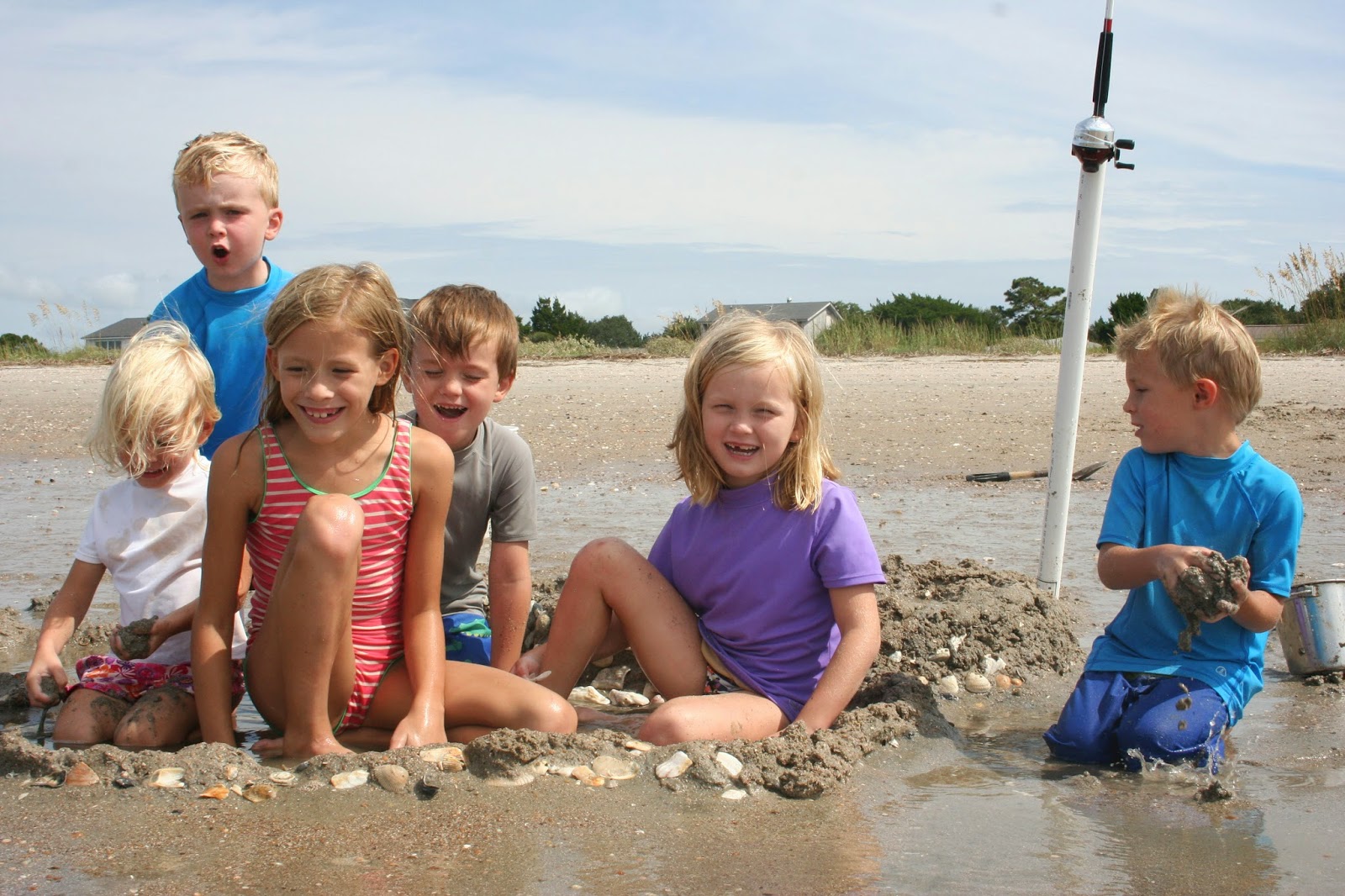Earlier this week a friend of ours from Athens was in town and came to join us for dinner. He, like my husband, is a professor and spends a large part of his time in the world of academia. I've spent enough time around academics to know the lingo - "what's your field," "what classes are you teaching," "what projects are you working on," etc. After my husband and our friend had spent a bit of time talking about their various endeavors, our friend looked over at me. He was wanting, I think, to include me in the conversation, and asked, "What projects are you working on right now, Kelly.?"
I was tongue-tied. I made a quick mental scan of my day, and as I thought about how to translate my daily tasks and cares into "project" lingo, I was left speechless. There are a lot of interesting ways I spend my time - most of which directly involve the education and care of our children, but none of them seem to cater to this "project" lingo.
I've been thinking about this all week now, because I don't think our friend was trying to belittle what I do in anyway, and I think he was genuinely interested in the things I've been up to. But what's had me thinking is how hard it is to quantify the things I've been up to. So how did I end up answering the question??? The very way he asked it.
I eventually said I've been enjoying making sourdough bread, and that I love making yogurt and drying herbs from the garden. I probably mentioned the rabbits (or maybe he did after I said I don't really have projects per se), and I might have said something about my nature notebook and learning about mammals. But those things are only tiny dots in the whole picture. Because none of those answers make mention of the children, or the fact that everything I do is done in relation to them. Because that is my job right now - I work at home with the children - teaching and training them, and it is a highly relational job.
So much of what we do as parents is unquantifiable. I think of the many hours we've been laboring over table manners in our home - keep your knees and feet down, hands asleep in your lap, wait to eat until we pray, have thankful hearts for the food - only to see glimpses of these very manners here and there. I certainly couldn't tell our friend - "Do you see how well my children are behaving at the table? That's one of my main projects of late." For one thing, they weren't really behaving very well at the table, and for another I didn't really expect them to be as it was 8:00 before we sat down to eat and they were already tired and hungry!
I also couldn't tell my friend, "Did you notice how Bro just sacrificed his own desires for the good of his sister? That's been another one of my main projects." This is, in part, due to the fact that Bro's sacrifice probably looked like an ordinary act of civility to anyone on the outside. But Hubry and I could see what a victory it was for Bro because we've been in the trenches with him - constantly praying, reminding, encouraging, and training him to love and protect his sisters.
Anyhow, all of this has had me thinking - how can I be better prepared to answer this question next time it comes my way? I think part of the tension I feel is that something about the project terminology hints at solitude...





















































